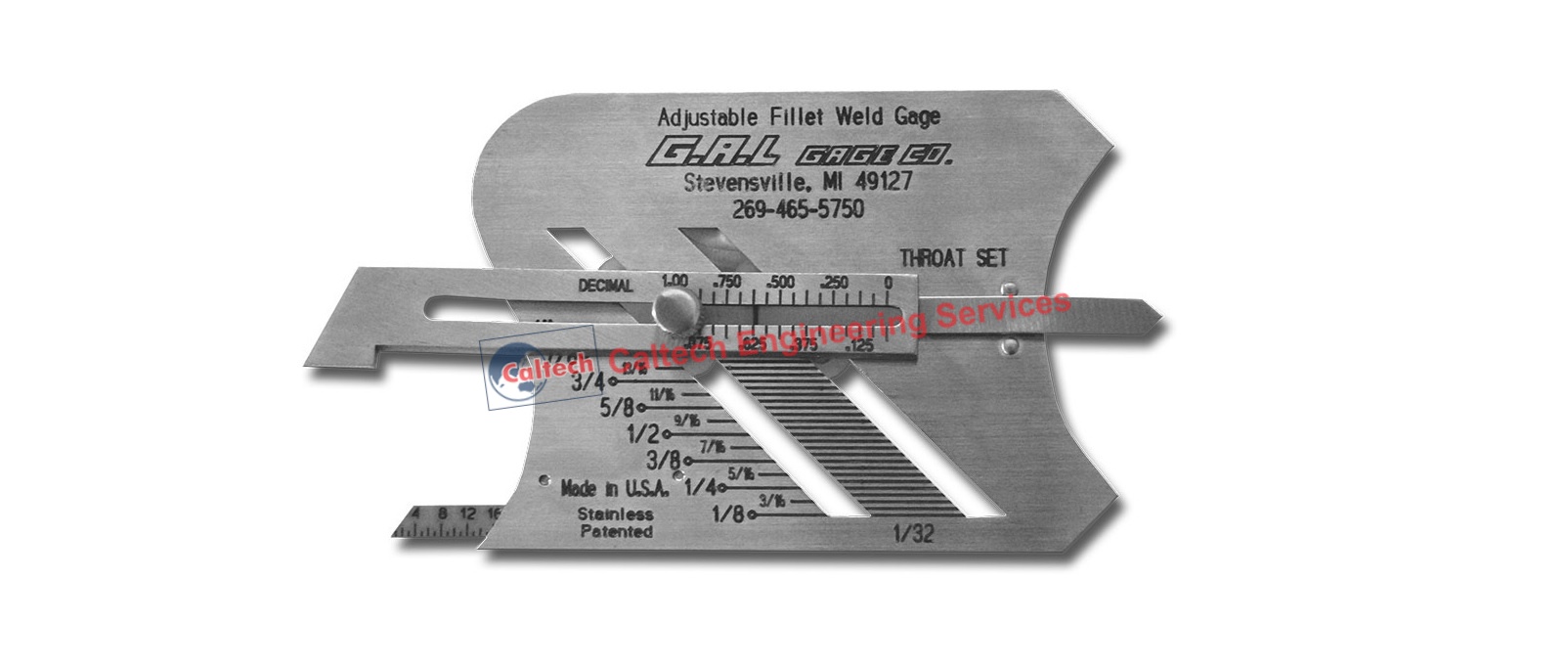Cutting-edge Devices and Techniques for Accurate Gauge Fillet Weld Measurements
Cutting-edge Devices and Techniques for Accurate Gauge Fillet Weld Measurements
Blog Article
Fillet Weld Style Strategies: Maximizing Joint Efficiency and Aesthetic Appeal for Structural Honesty
In the realm of structural engineering and construction, the relevance of fillet weld layout techniques can not be overemphasized. By diligently considering factors such as weld profile optimization, material choice, joint prep work techniques, welding process efficiency, and visual enhancement engineers, techniques and producers can accomplish a harmonious equilibrium between performance and appearance in their bonded frameworks.
Weld Account Optimization


Achieving an optimum weld account involves a precise consideration of variables such as product thickness, joint arrangement, welding setting, and wanted welding speed. In addition, the option of proper welding parameters, such as voltage, existing, and travel speed, is basic in controlling the form and dimensions of the fillet weld. Making use of advanced welding techniques, such as pulse welding or robot welding, can even more improve the weld profile to fulfill specific design needs and quality requirements.
Essentially, weld profile optimization is a basic facet of fillet weld style that straight influences the general efficiency and dependability of bonded joints in architectural applications.
Product Selection Factors To Consider
When considering material choice for fillet weld style, the compatibility of the base steels is a crucial aspect affecting the structural stability of the joint. It is important to choose materials that not only bonded with each other properly but likewise possess similar mechanical residential properties to make sure the tons is uniformly distributed between the base and the weld steels. Welding materials with significantly various residential or commercial properties can result in concerns such as anxiety concentrations, premature joint failing, or breaking.
In addition, the environment in which the bonded structure will operate must be thought about when selecting materials. Factors like corrosion resistance, temperature fluctuations, and direct exposure to chemicals can all impact the longevity and efficiency of the weld joint. By choosing products that are ideal for the intended application and setting, the general durability and dependability of the bonded joint can be substantially improved.
Consequently, thorough factor to consider of product compatibility and ecological aspects is vital in making certain the weld joint's stamina, toughness, and total architectural honesty.

Joint Preparation Methods
Thinking about the critical function product selection plays in guaranteeing the architectural honesty of fillet weld joints, it is important to implement exact joint preparation methods that maximize the link in between the base metals. Joint preparation is a critical step that directly affects the quality and stamina of the weld. One essential method is the cleansing of base metals to eliminate any type of pollutants like corrosion, oil, or paint that can jeopardize the weld's integrity. This can be achieved with approaches such as grinding, wire brushing, or chemical cleaning.
Additionally, appropriate fit-up of the joint is vital to guarantee uniform distribution of the welding product and stop issues like insufficient infiltration or extreme accumulation. Beveling the edges of the base metals can create a groove that permits for much deeper weld penetration and a stronger bond. Additionally, tack welding the components in position before the final weld helps maintain placement and decreases distortion throughout the welding procedure. By meticulously following these joint prep work methods, welders can enhance the overall efficiency and visual appeals of fillet weld joints while guaranteeing architectural strength.
Welding Refine Effectiveness
Efficient welding procedures are vital for attaining optimal performance and quality in fillet weld construction. Procedures like gas steel arc welding (GMAW) and flux-cored arc welding (FCAW) are commonly made use of for fillet welds due to their versatility and speed.
In addition, ensuring Check Out Your URL correct equipment configuration and upkeep is crucial for reliable welding. Routine calibration of welding equipments, inspection of consumables, and upkeep of welding torches can stop downtime and revamp, inevitably saving time and resources. In addition, using experienced welders with experience in the specific welding process being used can considerably affect performance. Trained welders are extra adept at adjusting parameters, troubleshooting issues, and maintaining regular weld high quality.
Visual Enhancement Methods
To maximize the quality of fillet weld fabrication, executing aesthetic improvement approaches can play an essential role in making sure accuracy and precision throughout the welding procedure. Aesthetic help such as weld dimension determines and multiplying lenses can assist in analyzing weld accounts and measurements pop over to this site properly. By incorporating these visual enhancement methods into the welding process, welders can accomplish not only structurally audio fillet welds yet likewise aesthetically enticing results that meet industry standards.

Verdict
Finally, maximizing fillet weld design includes cautious factor to consider of weld account, material option, joint preparation, welding procedure efficiency, and visual improvement methods. By applying these strategies, architectural stability can be enhanced while additionally achieving visual appeal. It is necessary to prioritize both efficiency and aesthetic appeals in fillet weld style to make sure the overall quality and toughness of the joint.
By meticulously thinking about aspects such as weld profile optimization, material option, joint prep work strategies, welding procedure efficiency, and visit this website visual improvement producers, techniques and designers can accomplish a harmonious balance between functionality and appearance in their bonded frameworks.In the world of fillet weld layout, maximizing the weld account plays an essential duty in making certain architectural honesty and efficiency. The weld account, which consists of the dimension and form of the weld cross-section, straight affects the distribution of anxiety and load-bearing capability within the joint. It is necessary to choose products that not only weld together properly yet additionally possess comparable mechanical residential or commercial properties to guarantee the load is equally distributed between the base and the weld steels - Gauge Fillet Weld.In final thought, optimizing fillet weld design involves mindful factor to consider of weld profile, material choice, joint preparation, welding procedure effectiveness, and visual improvement methods
Report this page